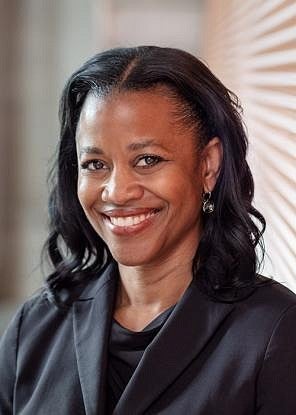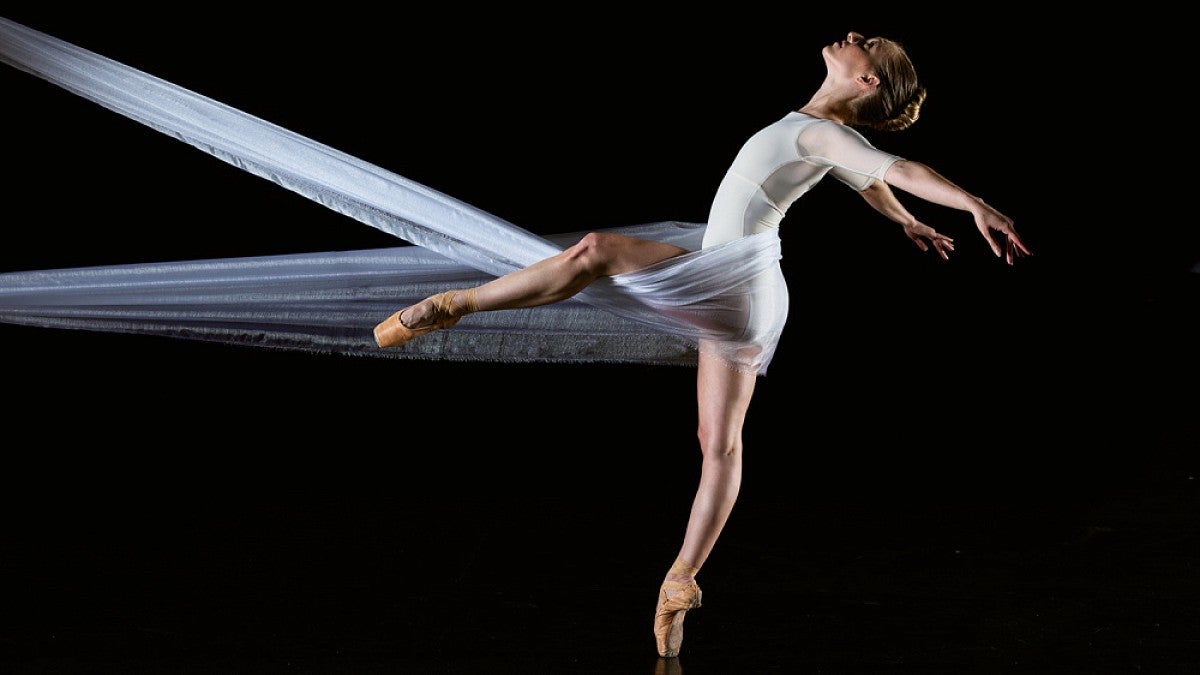As a professional dancer she toured the world, but also performed at juvenile correction centers, providing inspiration to underprivileged youth.
Now, as the Phyllis and Andrew Berwick Dean and professor of dance at the UO’s School of Music and Dance, Sabrina Madison-Cannon promotes the advancement of women in higher education by advocating for gender equity and equality, and inspiring collaboration and empowerment.
“Celebration of the Uncommon Woman,” a ballet program featuring the combined work of five women choreographers, was performed in February at the Eugene Ballet. “And Then There Were Five,” choreographed by Madison-Cannon, was part of that celebration.
Eugene Ballet director Toni Pimble first produced “Celebration of the Uncommon Woman” in 1992 to showcase the work of women in the mostly male-dominated field of musical composition and dance choreography. Although progress has been made, 30 years later female choreographers still struggle for recognition, especially in ballet. A report from Dance Data Project found that most of the work is still choreographed by men.
Q: Do you think it has been more difficult for women to break the glass ceiling in ballet, and is it harder for women of color to break into choreography and leadership roles?

Q: What made “Celebration of the Uncommon Woman” different?
SMC: I believe this is the first time I’ve been on a program that solely curated the work of women.
Q: How did the five pieces work together to represent the theme of the “uncommon woman?”
SMC: I don’t know that they were intended to work together, all pieces being so unique from each other. I do think they complemented each other, however. And it showed the audience what powerful voices we have.
Q: What did you enjoy most about the collaboration?
SMC: Seeing my work on a program with a bunch of other very accomplished women choreographers.
Q: What was the audience response?
SMC: Enthusiastic and appreciative.
Q: Your contribution among four other choreographers was “And Then There Were Five,” which has been performed all over the world. You have described the piece as “overcoming, supporting, and surviving—putting one foot in front of the other,” and that all your works are somewhat based on personal narrative. Can you summarize the message of the piece and identify in what ways the work expresses your own story?
SMC: I generally don’t share details of the narrative of my work because it prevents the viewer from seeing their own story. That is important to me and is much more meaningful to them than my story.
Q: According to your bio, your mentor and role model was African American dance pioneer Joan Myers Brown, a trained ballerina, who after being denied admission in segregated Philadelphia, started her own dance school. How important are mentors and role models and how can they inspire empowerment in young women?
SMC: Incredibly important. Joan recently turned 90 years old and is still giving tirelessly to the dance community in Philadelphia. She is a force to be reckoned with in every sense of the word. She continues to inspire me every day.
Q: There are so many women’s stories to be told. A diversity of voices onstage and behind the scenes is needed. As dean of the School of the School of Music and Dance, aside from courses offered in dance choreography, what advice would you offer female students who would like to pursue a career in choreography?
SMC: As with everything … keep experimenting, find your voice, seek out mentors, don’t give up.
—By Sharleen Nelson, University Communications


